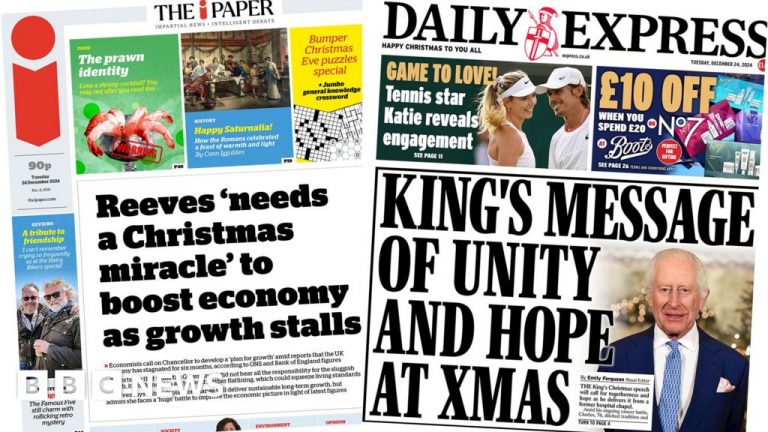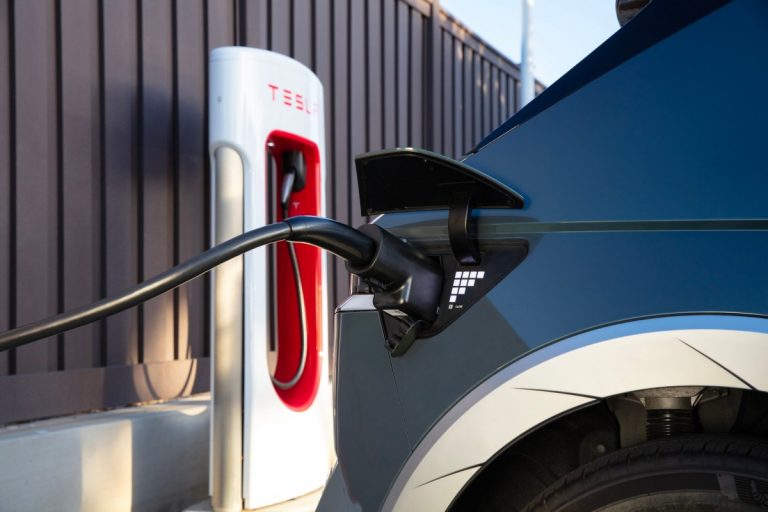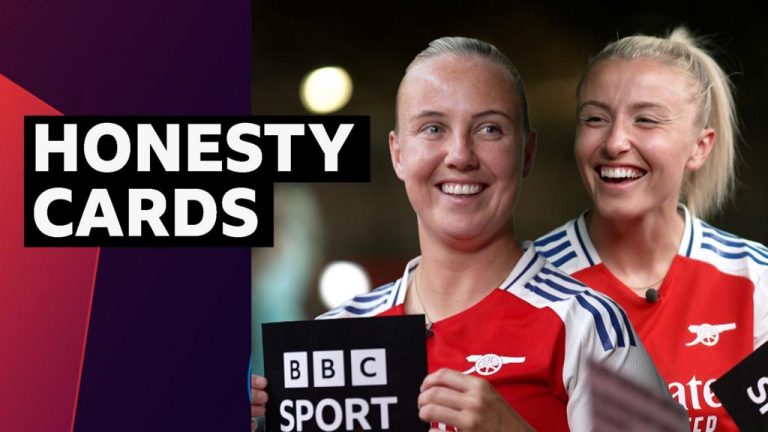Canada has promised to implement a set of sweeping new security measures along the country’s US border, including strengthened surveillance and a joint “strike force” to target transnational organised crime.
The pledge follows a threat from President-elect Donald Trump to impose, when he takes office in January, a 25% tariff on Canadian goods if the country does not secure its shared border to the flow of irregular migrants and illegal drugs.
Economists say such tariffs could strike a blow to Canada’s economy.
Announcing details of the plan, Canada’s minister of finance and intergovernmental affairs said the federal government would devote C$1.3bn ($900m; £700bn) to the plan.
The measures “will secure our border against the flow of illegal drugs and irregular migration while ensuring the free flow of people and goods that are at the core of North America’s prosperity”, Minister Dominic LeBlanc said on Tuesday.
The five pillars of the plan cover the disruption of the fentanyl trade, new tools for law enforcement, enhanced coordination with US law enforcement, increased information sharing and limiting traffic at the border.
They include a proposed aerial surveillance task force, including helicopters, drones and mobile surveillance towers between ports of entry.
The government is also giving the Canada Border Service Agency funds to train new dog teams to find illegal drugs, and new detection tools for high-risk ports of entry.
And LeBlanc provided further detail on the so-called “joint strike force” for Canadian and US authorities, saying it would include “support in operational surges, dedicated synthetic drug units, expanded combined forces, special enforcement units, binational integrated enforcement teams, and new operational capacity and infrastructure”.
The new plan appears to correspond to the concerns publicly disclosed by Trump in recent weeks: the flow of fentanyl and undocumented immigrants into the US.
The number of crossings at the US-Canada border is significantly lower than at the southern border, according to US Border Patrol data on migrant encounters, as is the amount of fentanyl seized.
Mexico is also facing a 25% tariff threat.
LeBlanc said he and other officials had a “preliminary” conversation with Trump’s incoming “border tsar” Tom Homan about the new plan.
“I’m in encouraged by that conversation,” he said.
LeBlanc was present at a meeting last month between Prime Minister Justin Trudeau and Trump at Mar-a-Lago, a trip reportedly meant to head-off the levy.
The announcement comes on LeBlanc’s first day as Canada’s finance minister.
The longtime ally to Trudeau was hastily sworn in on Monday after the surprise resignation of Chrystia Freeland, who served as both finance minister and deputy prime minister.
Freeland quit her posts with a scathing open letter to Trudeau in which she outlined disagreements she had with him on spending and “the best path forward for Canada”.
Her abrupt exit from cabinet has put additional strain on Trudeau’s weakened minority government.
On Tuesday, in a speech to party faithful at a Liberal holiday event, a defiant Trudeau said there are “always tough days and big challenges” in politics.
“But this team doesn’t hold the record for the longest minority in Canadian history because we shy away from these moments, we put in the work, whether it’s easy or hard.”

























+ There are no comments
Add yours